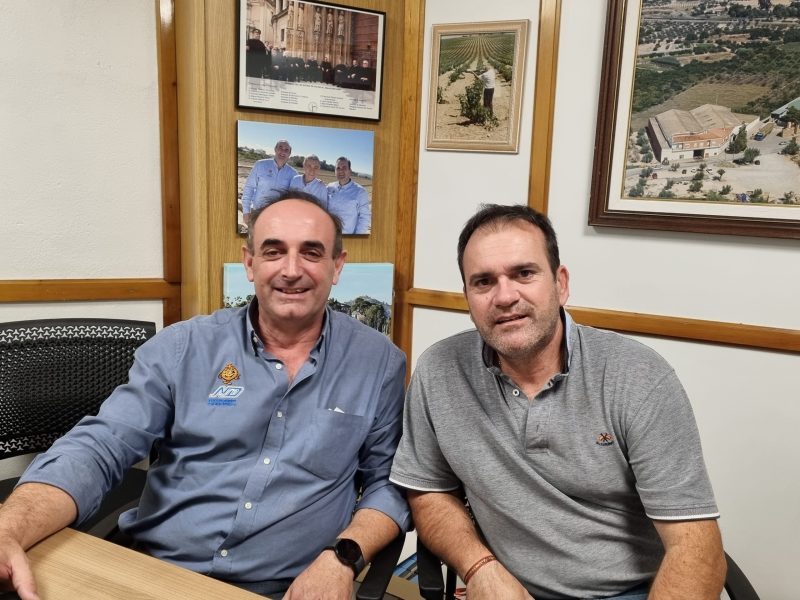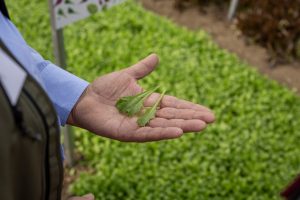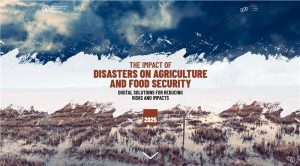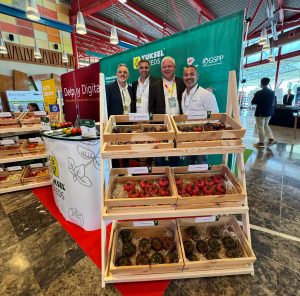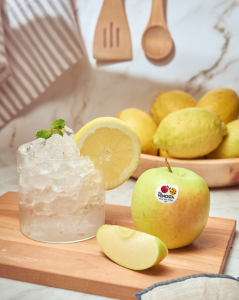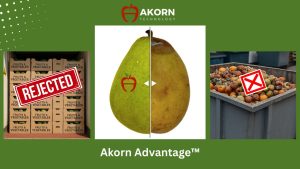Fruit Today talked to Pepe Navarro, Manager of Navarro Darder, an onion producing and importing company for more than 40 years and that has now expanded its activity to countries such as Senegal.
You are moving from being one of the important exporters to importers. Why are you importing onions from other countries such as Peru or New Zealand?
15 years ago, a rising trend in sweet onions started off in countries such as the United States. We became aware of this trend and started to move into this market niche. We weren’t the first, by a long shot, but we were the first to introduce sweet onions onto the market. Their consumption continues to grow, and Peru and Mexico have turned into the larger suppliers for seven months of the year.
Imports from New Zealand are the results of another reason, because from March onwards, we need quality onions and New Zealand and other neighbouring countries have become very trustworthy suppliers.
We import because the product sells; if it didn’t, we would not take on the risk involved in importing. When old, lower quality onions are sold, sales drop. Spanish consumers want quality all year round. In Spain, we have onions in the spring, but the volumes are not enough to cover the demand and during these months supplies from these countries rises.
Regarding exports, we continue to export, but not as much as we used to. It was a business decision to minimise exports, although we continue maintaining our most attractive clients.
You have production in Castilla-La Mancha, Castilla y León, and Aragón. What volumes do you handle?
We market around 30 million kilos annually of dry onion; that is to say, sweet, purple, yellow and white onions.
How long has your Senegalese adventure been up and running?
We arrived in Senegal around six years ago, but we have only started working in a more formal way over the past two years. Senegal is allowing us to start up some new very attractive projects.
What other projects do you have as a company?
Last year we entered the Nunhems project, and we are now packaging Sunions. Another of our ideas is to extend the preparation centre, which is becoming too small for us.
What is the forecast for the campaign?
I think that it will be a good campaign, with high prices at the moment. Obviously, it will not be like last year’s campaign, which was very atypical due to the worldwide shortage. In central and northern Europe they do not have the sizes, but we will have the large calibres in Spain.
What can you tell me about the internal damage affecting onions?
We are not 100% certain why it occurs, or how to eradicate it, although there have been many attempts to do this by the plant protection companies and even by universities in several countries. The damage is not visible in the newly-harvested onions; it is only detected when they are in the storage rooms. At present, nobody has a solution.
Another of your products is the pumpkin; how do you see its development?
It is a crop that is booming, with a growing consumption every year because the butternut variety is helping the category to develop a great deal, as is the ‘Love Kalabaza’ association, which is concentrating on extending consumption, particularly amongst the youngest members of the family.













